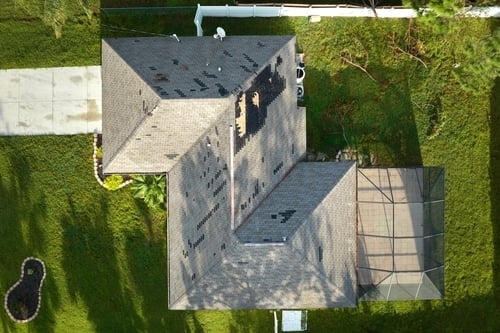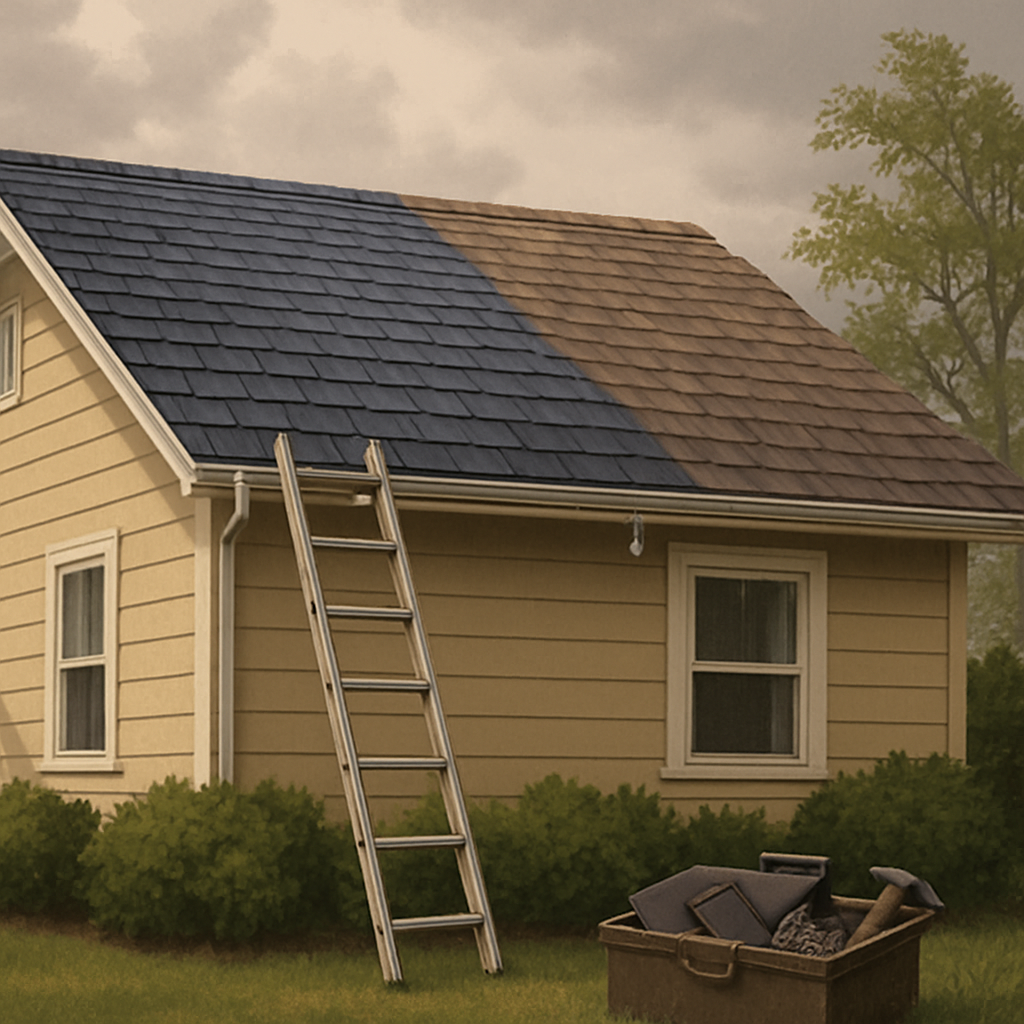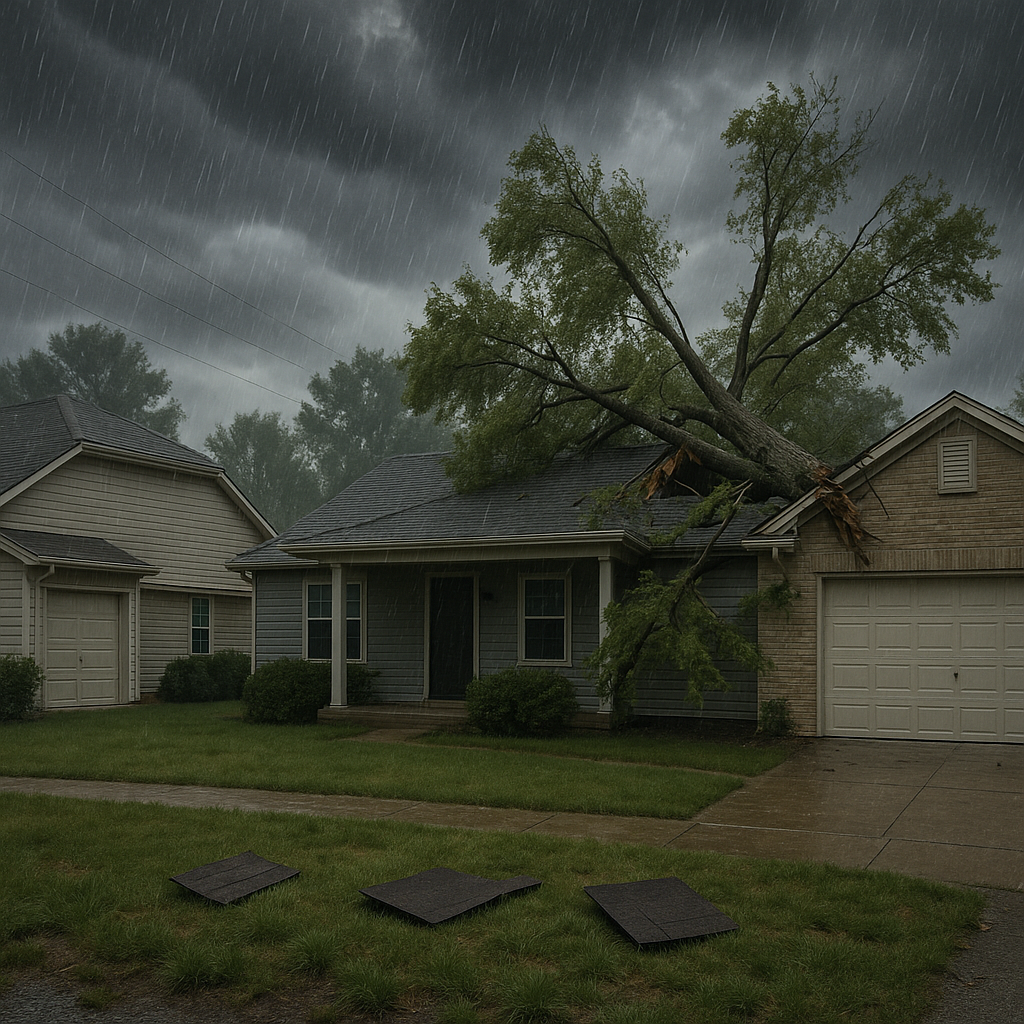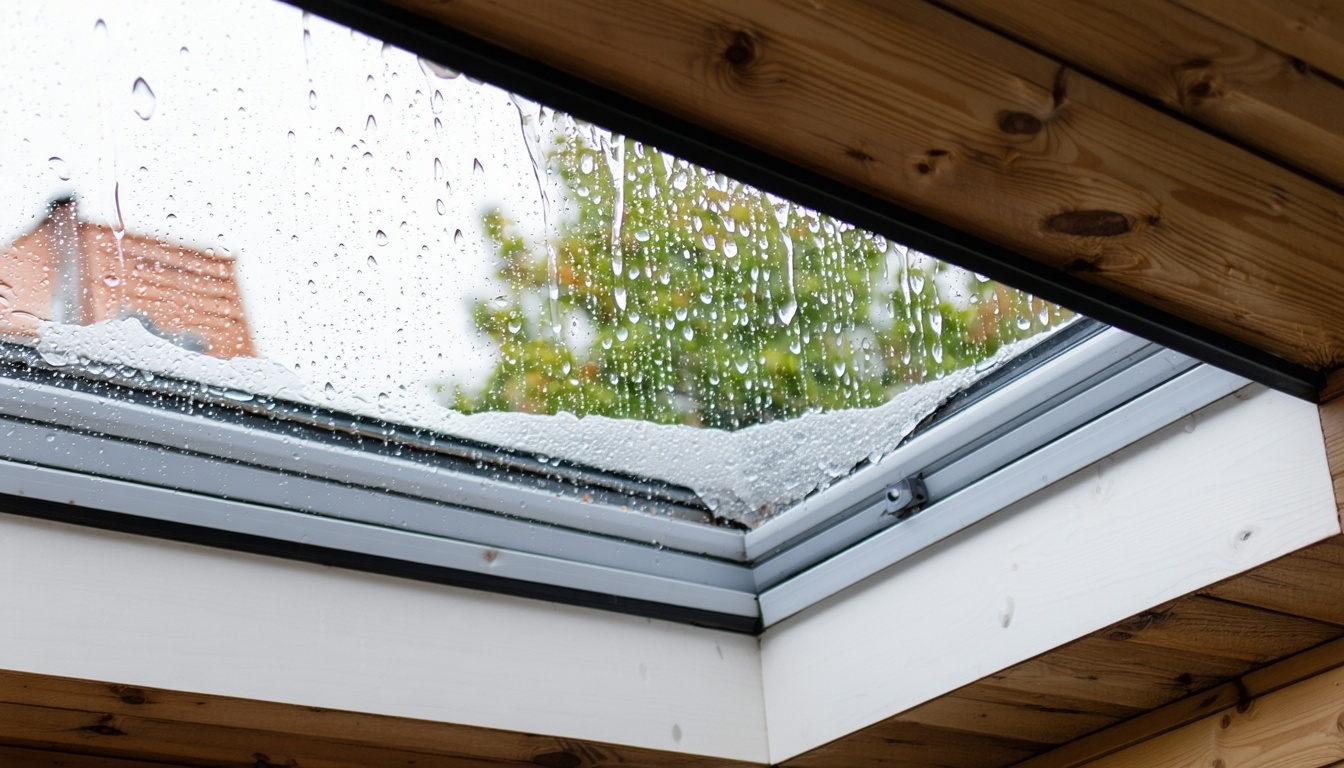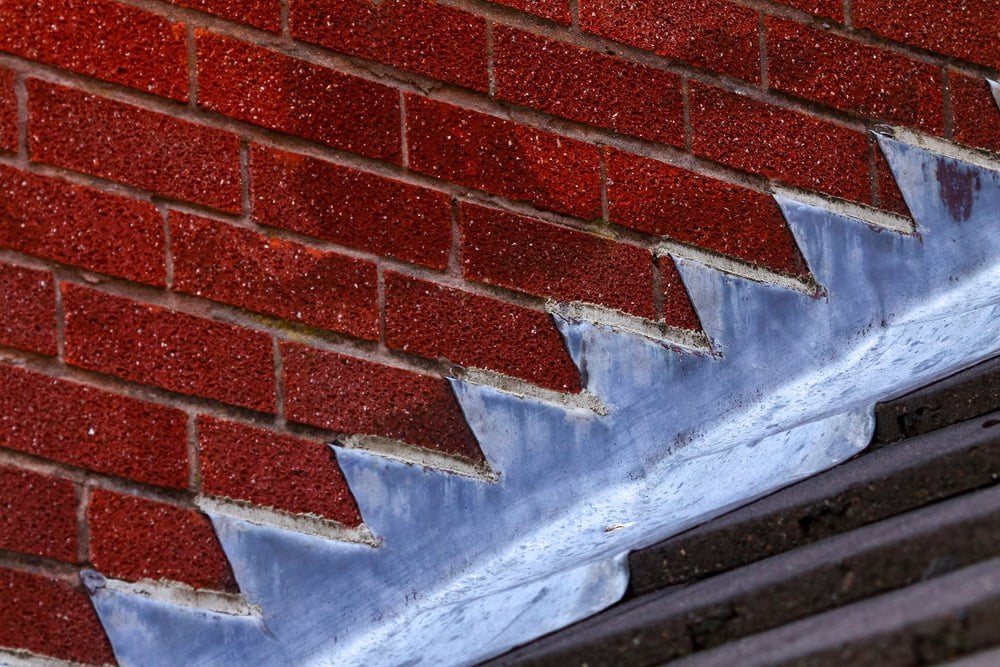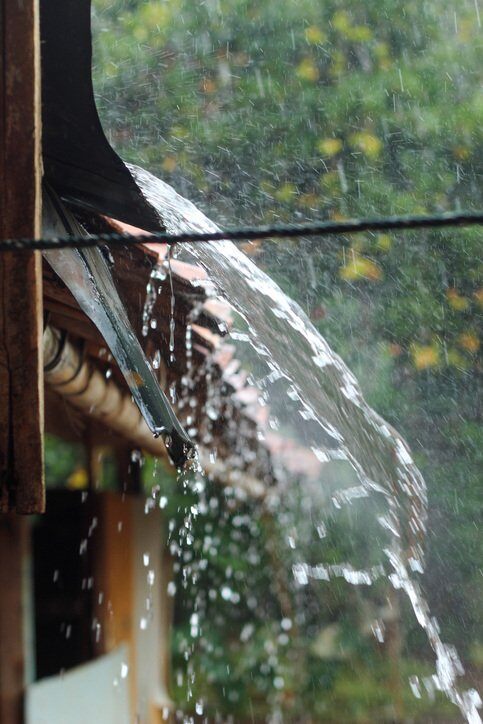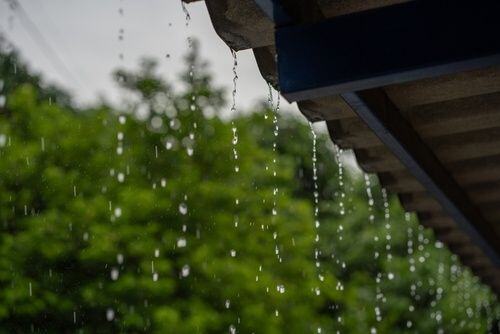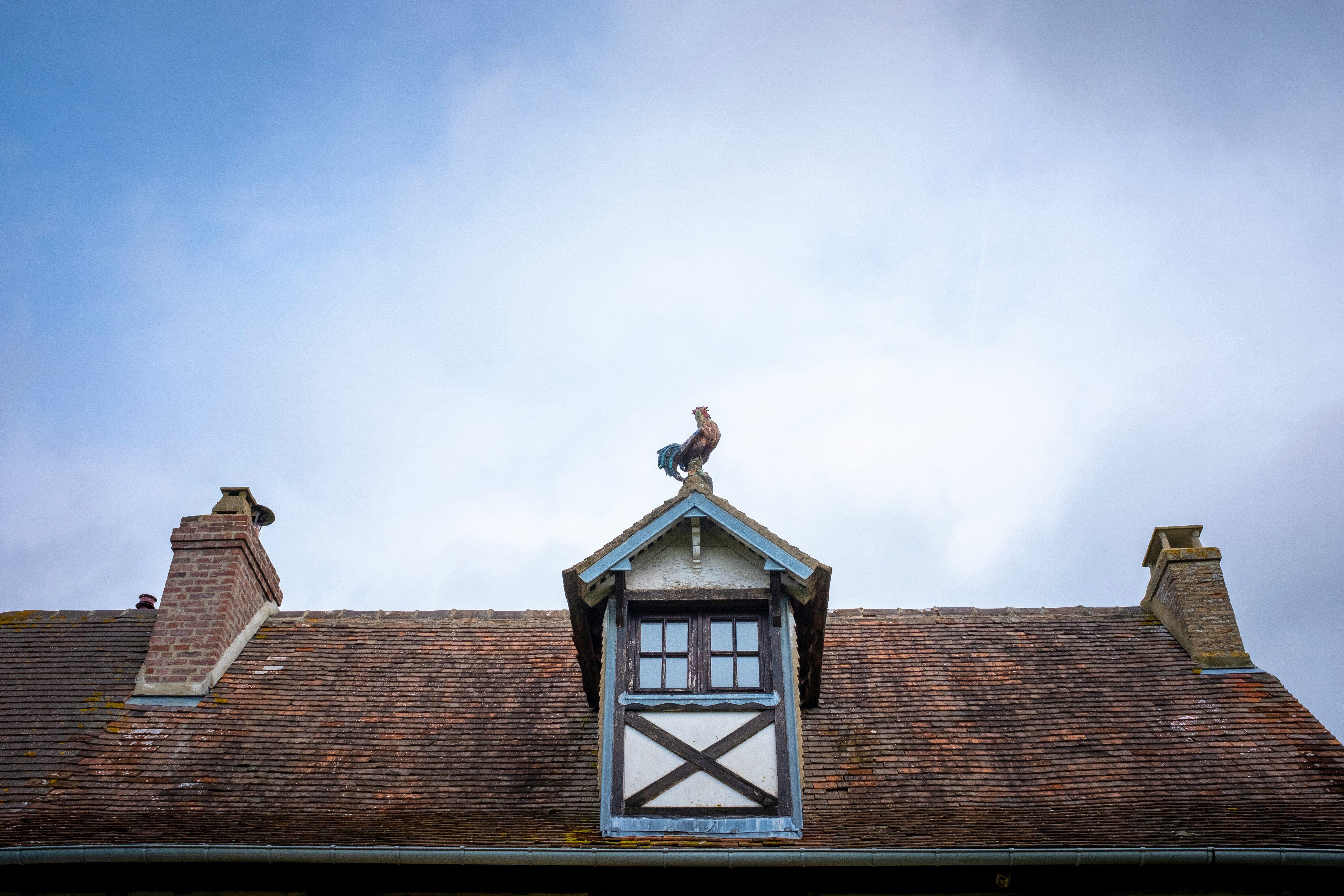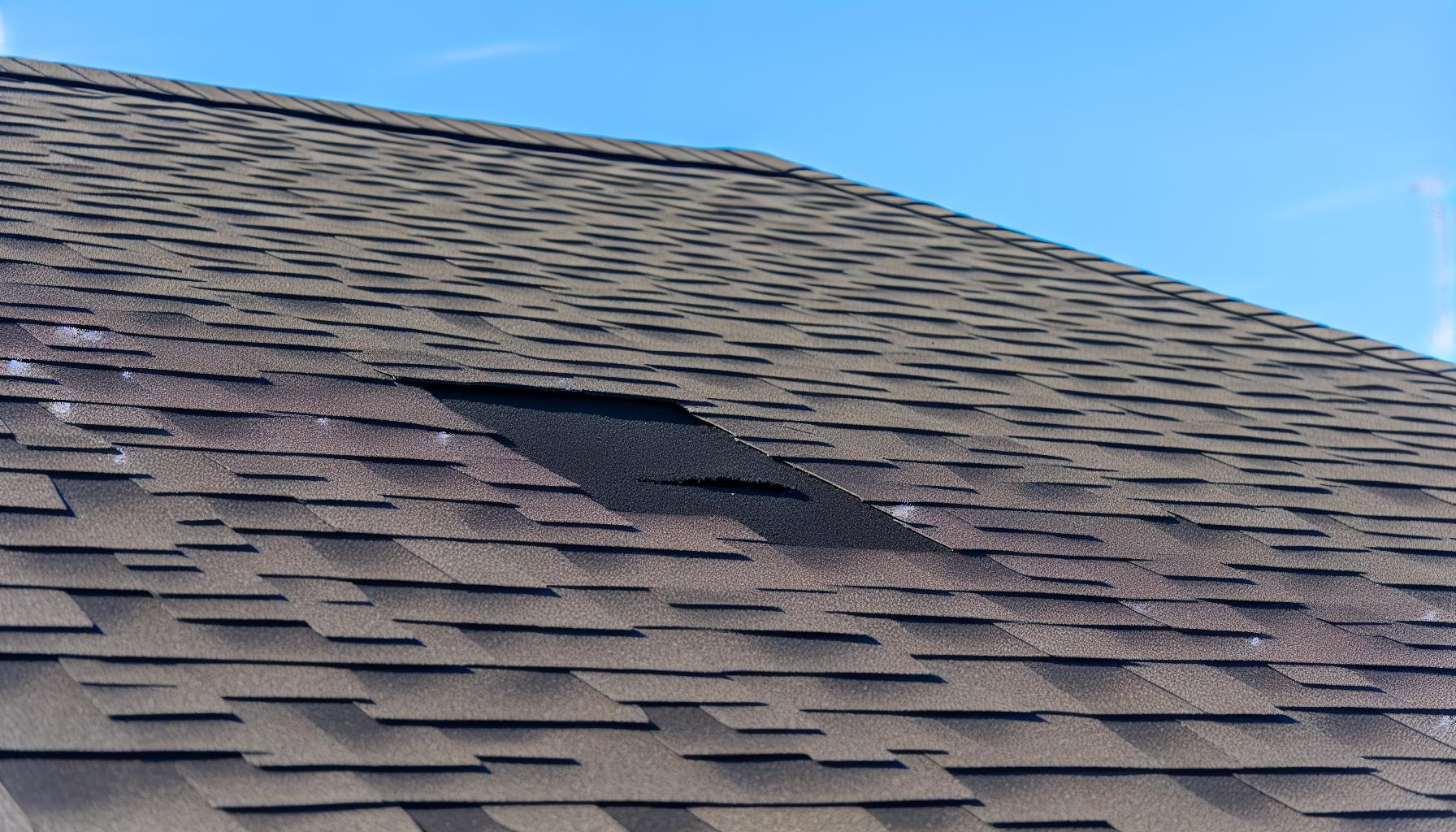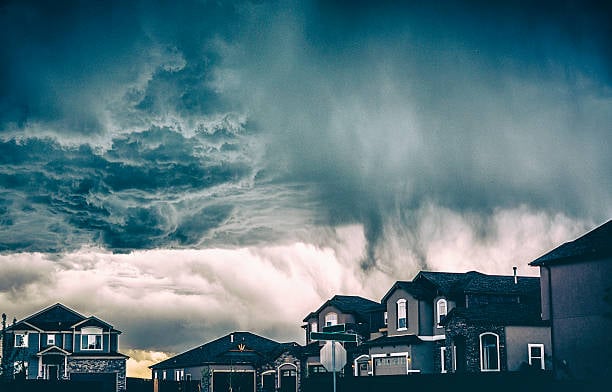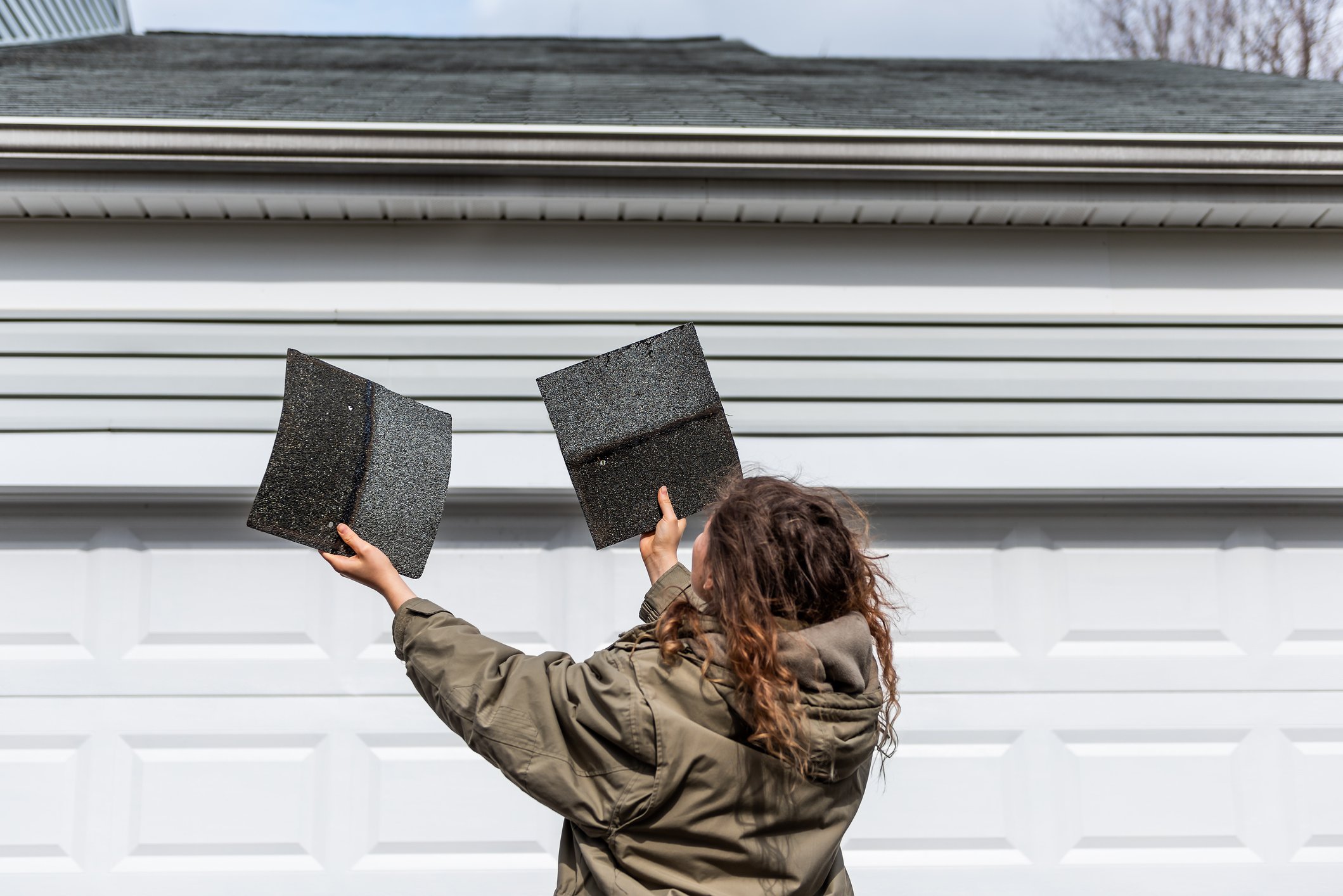Where are the Most Common Areas for a Roof Leak?
June 25th, 2024
3 min read

Drip. Drip. Drip.
The dreaded sound of a roof leak. You may have heard it before in your own home. And if you have, you know it is the loudest quiet sound of them all! Which is likely why you’re here now.
If you’re dealing with a leaky roof, you may be asking yourself “where is it coming from?”
And that’s a great question. Because knowing where the leak is coming from can help you stop the problem dead in its tracks. And this article is here as your blueprint, to help you track down the source of your roof leak, so you can be prepared to take your next steps.
As the President of Linta Roofing, I’ve been asked countless times “why is my roof leaking?” and in an effort to provide clear information, I always find that the answer is tangled up in where the water intrusion is coming from. This is important, because there are areas on your roof that are more prone to leaks than others. Even if the apparent leak doesn’t seem to be in close proximity to some of these vulnerable areas.
So, where are these areas? And what can be done to stop the constant drip. drip drip?
The Most Common Areas for a Roof Leak are Your Valleys and Flashing Areas
That’s right. You’ll mostly find leaks in complex areas of your roof, like your valleys. Valleys are areas on your roof where two slopes come to a low area. Sometimes valleys are woven, sometimes they’re what we call open cut, or closed cut. These are the three main valley types.
 Valleys are prone to issues because rain water is channeled into them. The goal of a valley is to have water roll down and ultimately off of your roof, instead of pooling there. In the roofing industry we call this a high water traffic area, because it is designed to help water flow off of your roof. So, why is it leaking?
Valleys are prone to issues because rain water is channeled into them. The goal of a valley is to have water roll down and ultimately off of your roof, instead of pooling there. In the roofing industry we call this a high water traffic area, because it is designed to help water flow off of your roof. So, why is it leaking?
Well, when valleys get backed up by leaves, dirt, and debris, it slows down the functioning of the valley, and ultimately causes more water to pool on your valleys. Wherever water can pool on your roof, it can seep up underneath your roofing shingles, causing leaks. Another common reason valleys leak comes down to the initial installation of your roofing material. It is vital for nails to be installed correctly, or they can prevent water from flowing down your roof the way the structure intends.
“But what about flashing areas? Isn’t flashing supposed to prevent water intrusion?”
 Believe it or not, flashing areas are another spot that is prone to leaking. Flashing areas are defined as anywhere where your roof is penetrated or meets a wall. A few examples of typical flashing areas include skylights, pipe boots and chimneys. And while flashing is intended to help shed water off of your roof, it can be the culprit of a roof leak when it has been installed improperly. If new shingles are not woven with the flashing properly, it can actually be very vulnerable to leaking. Which isn't comforting, unless of course you hired a trusted roofing company to install your flashing.
Believe it or not, flashing areas are another spot that is prone to leaking. Flashing areas are defined as anywhere where your roof is penetrated or meets a wall. A few examples of typical flashing areas include skylights, pipe boots and chimneys. And while flashing is intended to help shed water off of your roof, it can be the culprit of a roof leak when it has been installed improperly. If new shingles are not woven with the flashing properly, it can actually be very vulnerable to leaking. Which isn't comforting, unless of course you hired a trusted roofing company to install your flashing.
“Are there other areas where my roof can leak?”
While these are the most common areas for a roof leak, there are a few other areas that may be at the root of your roof leak.
Transition & Low Slope Areas on Your Roof May Be Prone to Leaks
 Other areas I’ve seen cause homeowners some trouble include low slope areas and transition areas. The reason low slope roofs tend to have leaking issues is because water sheds off of them at a slower speed. Meaning that any workmanship errors can be magnified into a larger issue. After all, shingles are designed to shed water, they’re not designed to be waterproof. So, if the roof’s structure does not support this process, things like minor debris can slow down the water shedding process even further.
Other areas I’ve seen cause homeowners some trouble include low slope areas and transition areas. The reason low slope roofs tend to have leaking issues is because water sheds off of them at a slower speed. Meaning that any workmanship errors can be magnified into a larger issue. After all, shingles are designed to shed water, they’re not designed to be waterproof. So, if the roof’s structure does not support this process, things like minor debris can slow down the water shedding process even further.
 Additionally transition areas are vulnerable areas for a leak. But again, this is on behalf of the quality of the roof installation. Transition areas are anywhere where a pitch transitions. A common design is a steep pitch that meets a shallow pitch. When this type of area is not nailed down correctly, it can cause water to sit in the bottom of the transition, causing leaks and various other issues.
Additionally transition areas are vulnerable areas for a leak. But again, this is on behalf of the quality of the roof installation. Transition areas are anywhere where a pitch transitions. A common design is a steep pitch that meets a shallow pitch. When this type of area is not nailed down correctly, it can cause water to sit in the bottom of the transition, causing leaks and various other issues.
How to Fix a Leak if Your Roof is Prone to Them
It’s unsettling to find a leak in your home. And often homeowners find themselves in paralysis by analysis, hoping to understand the leak thoroughly before having it fixed. Especially if you read this article and realize that your home may have some of these areas on it.
But I encourage you to take action. Regardless of your home’s design, you should not have to worry about constant leaks in your home. My advice to you is to compare the roofing contractors in your area.
Discover what others say about their work, how long they’ve been in business, and see what their work looks like. Then go ahead and schedule an inspection. It’s best not to stall on necessary roof work, especially if you have an active leak! A leak that is left unattended always costs you more in the long run. So, if you’re in the market for a thorough roof inspection, we’re happy to come out and figure out the problem for you. We don’t believe you should have to hunt down the answer, but rather receive transparent information that can help you make the best decision for your home.
Jeffrey Linta is a 3rd generation roofer who grew up working in his family's roofing business (Linta Roofing, Inc.). He got his start tearing off roofs during the summer while attending North Myrtle Beach High School. Now running one of the most successful roofing businesses in the Grand Strand area, Jeffrey has lived and breathed roofing for his entire working career. Some of his accolades include GAF Master Elite Contractor, SC Safehome certified contractor, Group 5 SC Licensed Commercial Contractor, and GAF Master Commercial roofing contractor. Under his leadership, Linta Roofing, Inc. has served thousands of homeowners and business owners in the Grand Strand area. Linta Roofing achieved awards like the Sun News’s “Best of the Beach” and A+ Rating with the Better Business Bureau all while receiving hundreds of 5-star reviews year after year. Jeffrey is a Grand Strand born and raised local. When he is not running Linta Roofing, he spends time fishing with his wife Erica and walking the beach with his dog Dixie.
Topics:

